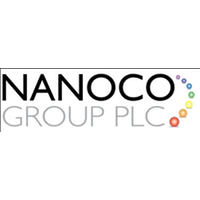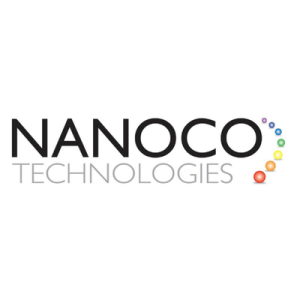If you’re shopping for a 4K TV at the higher end of the market, you’ve likely heard of QLED and OLED. These TV technologies use different techniques to produce the best visual fidelity you can find in a consumer set. If you remember the war between LCD and Plasma, that’s somewhat similar to the current relationship between QLED and OLED, the key difference being that these two technological titans may soon overlap.
What is QLED?
QLED stands for Quantum Light-Emitting Diode. In non-geek-speak, that means a QLED TV is just like a regular LED TV, except it uses “quantum dots” embedded into its LCD panel — tiny nanoparticles that dramatically improve the color and brightness when compared to its non-quantum LED counterparts.
Nanoco Group PLC (LON:NANO) leads the world in the research, development and large-scale manufacture of heavy metal-free nanomaterials for use in displays, lighting, vertical farming, solar energy and bio-imaging.


